Montenegrin Food: Basic Overview
Common Ingredients
Common Cooking Methods
Courses
Meals
Key Taste
Eating Etiquette
Meal Presentation
Culinary Festivals
Influence and Fusion
Popular Types of Montenegrin Food
-
Cakes and pastries
In Montenegrin cuisine, cakes and pastries are favored for their diverse textures and flavors, ranging from sweet to savory.
These baked goods often incorporate flaky filo layers, and rich fillings of nuts or cheese, and are sometimes soaked in syrup for added sweetness.
-
Casseroles and bakes
Montenegrin casseroles and bakes are nourishing and comforting, featuring layers of ingredients like meat, vegetables, and potatoes, often bound together with creamy sauces or eggs.
They serve as a staple in home cooking, offering a taste of Montenegro’s rich culinary heritage.
-
Stews
Stews in Montenegrin cuisine feature meat and vegetables, often enhanced with spices and smoked meats.
They are often consumed during the colder months.
-
Porridge
Porridge dishes in Montenegro are typically thick and hearty, made from ingredients like cornmeal or buckwheat.
Often enriched with cheese or dairy products for added creaminess and flavor, these porridges are traditionally associated with rural life.
-
Desserts
Montenegrin desserts delight with their variety, from syrup-soaked pastries and light, airy meringue cakes to rich, creamy custard pies.
These sweet treats often incorporate local fruits, nuts, and dairy products.
Montenegrin dishes are delicacies commonly savored in the Southeastern European country of Montenegro. The Montenegrin culinary scene is influenced by Ottoman, Italian, Balkan, and Mediterranean culinary creations.
In coastal areas, the cuisine leans towards a Mediterranean palate with an abundance of seafood, olive oil, and fresh vegetables, while the inland regions offer more hearty and robust dishes, often centered around meat, dairy, and fresh produce from the mountains.
Flavors range from the refreshing zest of Mediterranean herbs and spices to the deep, savory notes of smoked meats and aged cheeses.
The main cooking methods include grilling, especially for meats and fish, slow-cooking or stewing for soups and hearty dishes, and baking for bread and pastries.
Meals are often communal, reflecting the Montenegrin spirit of hospitality and the importance of food in social and family gatherings.
In addition to exploring the best-known Montenegrin dishes, I delve into what makes their traditional cuisine unique, its worldwide appeal, and its health benefits. I’ll also touch on the influences shaping Montenegrin food, local dining customs, and perfect pairings of dishes and drinks.
32 Popular Montenegrin Dishes with Filters
Here are 32 most popular dishes of Montenegrin cuisine, listed according to how popular they are. The filter tool lets you explore recipes by sorting them with criteria like ingredients, tastes, cooking styles, dish categories, and when they’re typically served.
It’s a handy way to discover a range from most popular staples, traditional favorites and national dishes to inventive fusion blends, and casual street bites.
Montenegrin fusion cuisine creatively combines traditional Montenegrin flavors with international influences, resulting in innovative dishes that challenge and excite the palate.
Burek
- Street Food
- Traditional
Burek, also recognized in some areas as pita, is a beloved savory pastry in Montenegrin cuisine, often enjoyed as a hearty street food or a substantial snack.
This dish boasts a reputation for its versatility and comes in various famous variations, including but not limited to meat, cheese, spinach, and potato fillings.
Each version offers a unique taste experience, from the rich and savory meat burek to the milder, yet equally satisfying cheese burek.
Baklava
- Traditional
Baklava represents the sweet essence of Montenegrin tradition, often reserved for special occasions and celebrations. This rich, sweet dessert pastry is made of layers of filo filled with chopped nuts and sweetened with syrup or honey.
It is known for its indulgent, sweet taste and is a common feature during significant celebrations such as religious festivals and weddings.
Variations of baklava may include different nut combinations, such as pistachios, walnuts, or almonds, each adding its distinct flavor to the layers of filo and syrup.
Ćevapi
- Street Food
- Traditional
Ćevapi is a type of grilled dish composed of minced meat formed into small, sausage-like shapes. Savored across the Balkans, Ćevapi holds a special place in Montenegro with its simple yet rich flavors, seasoned primarily with salt, black pepper, and sometimes garlic.
Ćevapi is typically served with flatbread, chopped onions, and a side of sour cream or a red pepper sauce known as ajvar, offering a delightful blend of smoky and savory tastes.
It’s a common sight at family gatherings and local eateries, showcasing its integral role in Montenegrin dining culture.
Pljeskavica
- Fusion
- Street Food
- Traditional
Pljeskavica is essentially a Balkan-style hamburger, renowned for its size and juiciness. Made from a blend of ground meats, it’s seasoned with a mix of spices before being grilled to perfection.
The dish is often served in a similar manner to ćevapi, with bread, onions, and various condiments. Variations of pljeskavica include the addition of cheese or ham stuffed inside the patty, elevating the flavors to new heights.
While pljeskavica is enjoyed throughout the year, it is particularly popular during outdoor gatherings and social events, reflecting the communal aspect of Montenegrin cuisine.
Musaka
- Street Food
- Traditional
Musaka is a beloved traditional dish that resembles a layered casserole often found in the heart of Montenegrin cuisine. This dish is made by layering ground meat and slices of potatoes or eggplants, then baking it all together with a topping of beaten eggs and yogurt or milk.
Its taste is a comforting blend of savory and creamy flavors, making it a favorite comfort food for many. There are several variations of Musaka across the Balkans and Eastern Mediterranean, with some popular ones including a vegetarian option that substitutes meat with zucchini or mushrooms.
Sarma
- Street Food
- Traditional
Sarma is a cherished dish in Montenegrin cuisine known for its rich flavors and festive association. This traditional dish consists of cabbage or vine leaves stuffed with a mixture of minced meat, rice, and various spices, then slowly cooked to perfection.
The taste of sarma is a harmonious blend of tangy and savory, often enriched with smoked meats for added depth.
Sarma is especially prominent during important celebrations, most notably during Christmas and New Year’s festivities in Montenegro, where it holds a special place on the holiday table.
Gulaš
- Traditional
Gulaš, deeply rooted in Central European culinary traditions, has found its place in Montenegrin cuisine as a hearty stew, known for its rich flavors developed through slow cooking.
Originating as a simple, practical dish made by Hungarian shepherds in medieval times, Gulaš has evolved into a more complex and beloved meal.
Traditionally prepared with meat such as beef, veal, pork, or lamb, and a variety of vegetables, the dish is distinguished by its generous use of paprika, which was introduced to Europe in the 16th century.
The meat is typically cut into chunks and simmered with onions, water, or stock, and sometimes additional vegetables like carrots, parsley root, and celery. Potatoes may also be included to thicken the stew.
Palačinke
- Street Food
- Traditional
Palačinke is a versatile and beloved dish throughout the Balkans, including Montenegro, which resembles the French crêpe and can be savored in both sweet and savory forms.
The thin, delicate pancakes can be filled with an array of ingredients, ranging from sweet jams, fruits, and chocolate to savory fillings like cheese, ham, or spinach.
The preparation involves a simple, light batter poured thinly over a hot pan to create a tender, golden crepe that’s then rolled or folded with the chosen filling.
The taste of Palačinke can vary widely depending on the fillings, offering a delightful experience that ranges from rich and creamy to fresh and fruity. Palačinke is a popular choice for a comforting breakfast, a sweet dessert, or a light meal.
Tulumba
- Traditional
Tulumba is a popular sweet treat enjoyed not only in Montenegrin cuisine but across many parts of the former Ottoman territories. This delightful dessert is characterized by its small, cylindrical shape, achieved by extruding dough directly into hot oil for deep frying through a narrow nozzle.
Once golden and crispy, these morsels are immediately bathed in fragrant syrup, usually made from sugar, water, and lemon juice, imbuing them with a luscious sweetness.
The result is a dessert with a crunchy exterior and a soft, syrup-soaked interior that offers a pleasurable contrast with each bite. Tulumba is especially beloved during festive occasions and religious celebrations, such as Ramadan.
Pilav
- Fusion
- Traditional
Pilav, often a staple in Montenegrin households, is a versatile rice dish that takes on different characters depending on its ingredients and method of preparation.
At its core, pilav involves simmering rice in a seasoned broth until fluffy and tender, often embellished with a variety of mix-ins such as vegetables, meats, or dried fruits to enhance its flavor and nutritional value.
The taste profile of pilav can range from subtly spiced and aromatic to rich and hearty, making it a comforting and satisfying dish suitable for any meal.
Grašak
- Traditional
Grašak is a traditional Montenegrin stew that combines peas with beef in a rich and savory broth. This dish is a testament to the heartiness of Montenegrin cuisine, often providing a comforting meal during colder months.
The combination of tender beef and soft peas, simmered together, creates a harmonious blend of flavors that is both satisfying and nourishing. While Grašak is a staple in Montenegrin households, it also enjoys popularity across the Balkan region.
Punjene Paprike
- Street Food
- Traditional
Punjene paprike is a cherished dish in Montenegro that consists of bell peppers stuffed with a flavorful mixture of minced meat and rice, then cooked until tender.
This dish is a beautiful representation of the Mediterranean influences on Montenegrin cuisine, often incorporating fresh herbs and spices to enhance the flavors.
Punjene paprike is versatile and can be adapted with different fillings, making it a beloved dish for family gatherings and festive occasions.
Gibanica
- Street Food
- Traditional
Gibanica is a traditional savory pie deeply embedded in Montenegrin cuisine. This delightful dish is crafted using layers of thin pastry, which are meticulously filled with a rich mixture of cheese, eggs, and sometimes spinach.
It offers a creamy and savory flavor profile that’s both comforting and indulgent. Gibanica is not just food; it’s a celebration on a plate, often finding its place at the heart of important gatherings and festivities, especially during Slava (a Serbian Orthodox Christian tradition) and other family celebrations.
Its versatility shines through in its variations, such as the addition of spinach to create “zeljanica,” or the use of sweet fillings for a dessert version, each twist providing a new way to enjoy this cherished dish.
Pasulj
- Street Food
- Traditional
Pasulj is a hearty Montenegrin bean stew made from basic ingredients like white beans, vegetables, and smoked meats to create a symphony of flavors.
Pasulj is more than just a meal; it’s a piece of culinary heritage that brings warmth during cold winters and is a staple at gatherings.
Njeguški Pršut
- National
- Street Food
- Traditional
Njeguški pršut is a celebrated Montenegrin delicacy, hailing from the serene slopes of Mount Lovćen. This air-dried ham is not just a traditional dish but a national treasure, embodying the essence of Montenegrin cuisine with its rich, smoky flavor and distinctly tender texture.
The unique microclimate of Njeguši village, combined with traditional smoking and aging processes, imparts a flavor to Njeguški Pršut that’s unparalleled.
Pršut
- Traditional
Pršut is a broad term for dry-cured ham, pivotal in the gastronomic landscape of the Balkans, including Montenegro. This traditional delicacy, enjoyed in various forms across the region, is known for its delicately salty taste and melt-in-your-mouth texture.
Each variation of Pršut, from the smoky Njeguški Pršut to the milder versions found in coastal areas, tells a story of Montenegrin heritage and the local environment’s impact on food preservation techniques.
Pršut is also a symbol of hospitality and celebration, often served at important events and gatherings, where it’s savored with local cheeses, olives, and a glass of fine Montenegrin wine, creating moments of joy and community.
Ćufte
- Traditional
Ćufte, also known as meatballs in the broader culinary world, is a beloved traditional dish in Montenegrin cuisine, cherished for its simplicity and heartwarming flavors.
These succulent balls of minced meat, often beef or a mix of meats, are seasoned with herbs and spices, and then fried or baked to perfection.
Ćufte are versatile and come in various forms, from the classic tomato sauce-coated version to those enriched with creamy sauces or even served in soup form.
Their taste is a comforting blend of savory meatiness with hints of aromatic herbs, making ćufte a popular choice for everyday meals as well as celebratory occasions.
Buzara
- Traditional
Buzara is a traditional seafood dish that showcases the Adriatic coast’s bounty in Montenegrin cuisine. This stew is typically made with shellfish like mussels or shrimp, simmered in a savory broth of wine, garlic, herbs, and olive oil.
Buzara offers a taste that’s both rich and elegantly simple, with the sweetness of the seafood complemented by the depth of the sauce.
Often enjoyed with crusty bread to soak up the delicious juices, buzara is a testament to the coastal lifestyle and is especially popular during summer months and seaside celebrations.
Popara
- Traditional
Popara is a Montenegrin simple, hearty meal made by combining leftover bread with milk, water, or tea, sometimes enriched with cheese, kajmak (a creamy dairy product), or butter, transforming basic ingredients into a warm, soft mixture.
The essence of popara lies in its creamy, mushy texture and the subtle interplay of flavors from the bread and dairy components. Often considered a traditional breakfast or a frugal dinner option, popara is a beloved choice in Montenegrin homes, especially during colder months.
Sataraš
- Traditional
Sataraš is a traditional dish hailing from Montenegro and the broader Balkan region. This light, stew-like concoction is crafted from a harmonious blend of bell peppers, onions, tomatoes, and sometimes eggplants, all sautéed together.
The taste of sataraš is a medley of sweet and savory notes, with the natural sweetness of the vegetables complemented by the richness of the added spices. This dish is often served as a side dish or a main dish accompanied by a slice of hearty bread.
Brav U Mlijeku
- Traditional
Brav u Mlijeku, which translates to lamb in milk, is a quintessential Montenegrin dish where lamb is slow-cooked in milk until it reaches a tender, succulent perfection.
The milk not only tenderizes the meat but also combines with the lamb’s juices to create a creamy, subtly sweet sauce that enhances the meat’s rich, savory flavor.
Brav u Mlijeku is often reserved for special occasions and gatherings, where it’s savored as a symbol of festivity and communal joy.
Kačamak
- Street Food
- Traditional
Kačamak is a traditional Montenegrin thick, porridge-like dish made from cornmeal, water, and potatoes, often enriched with chunks of cheese or kajmak to add creaminess and flavor.
Its taste is a harmonious blend of the nutty cornmeal and the tangy, rich cheese. Traditionally associated with the rural lifestyle, kačamak is often enjoyed during the colder months, providing warmth and sustenance after a long day’s work.
Palatschinke
- Traditional
Palatschinke refers to thin, crepe-like pancakes in Montenegro. These pancakes can be filled with a variety of sweet fillings, such as jam, chocolate, nuts, or sweet cheese, making them a versatile dish that can be enjoyed as a dessert or a sweet snack.
The taste of Palatschinke is delightfully light and can vary depending on the filling, offering everything from the fruity sweetness of jam to the rich decadence of chocolate. They are particularly popular as a treat during festive occasions and family celebrations.
Cicvara
- Street Food
- Traditional
Cicvara is a Montenegrin creamy dish made from cornmeal or wheat flour, combined with rich, creamy cheese and milk or kajmak, resulting in a thick, smooth texture that’s both filling and warming.
Cicvara is often enjoyed as a substantial breakfast or a comforting dinner. It embodies the simplicity and heartiness of Montenegrin rural cooking, often served alongside cold milk or yogurt to balance its richness.
Čorbast Pasulj
- Street Food
- Traditional
Čorbast pasulj, also known simply as pasulj, is a Montenegrin thick, hearty soup made from white beans, slowly cooked with a blend of vegetables, and often enhanced with smoked meat for depth and flavor.
The soup’s robust, savory taste, enriched with a hint of smokiness from the meat, makes it a popular comfort food, especially during the colder months.
Heljdija
- Traditional
Heljdija, also known as buckwheat porridge, is a traditional dish in Montenegrin cuisine often enjoyed as a warm and comforting breakfast or side dish.
Heljdija can be served plain or enriched with ingredients like milk, honey, or fresh fruit. Its earthy, robust flavor and satisfying texture make it particularly popular during the cooler months.
Octopus Salad
- Traditional
Octopus salad is a celebrated dish along the Montenegrin coast, showcasing the Adriatic Sea’s bountiful offerings. It consists of tender octopus pieces, mixed with finely chopped onions, tomatoes, and cucumbers, all dressed in a dressing of olive oil, lemon juice, and herbs.
The taste of octopus salad is a balance of the sea’s brininess from the octopus, complemented by the fresh, crisp flavors of the vegetables and the tangy dressing, making it a perfect appetizer or light meal, especially during the summer months.
Šampita
- Traditional
Šampita is a beloved traditional dessert in Montenegrin cuisine, known for its light, airy texture and sweet flavor. This confection is essentially a meringue cake, consisting of a thin layer of sponge cake topped with a fluffy, cloud-like meringue.
The contrast between the soft, moist cake base and the crisp, sweet meringue creates a delightful sensory experience with each bite.
Krempita
- Traditional
Krempita is a cherished dessert in Montenegro akin to a vanilla custard pie or cake. This treat features layers of delicate, flaky pastry filled with a rich, creamy custard.
The custard is typically smooth and vanilla-flavored, offering a comforting and indulgent taste that’s both familiar and decadently satisfying. Krempita is a popular choice for dessert at various events, from casual family dinners to more formal celebrations.
Krofne
- Traditional
Krofne is a delightful treat enjoyed in Montenegro and across the Balkans akin to what many would recognize as doughnuts. These fluffy, deep-fried pastries, often filled with sweet jams, chocolate, or simply sprinkled with powdered sugar, are a beloved part of Montenegrin cuisine.
The taste of Krofne is a wonderful blend of a slightly crispy exterior with a soft, airy interior. While they can be enjoyed at any time, Krofne is particularly cherished as a special snack or dessert, often made at home to celebrate family gatherings or festive occasions.
Priganice
- Traditional
Priganice is a popular dish in Montenegro similar to fritters and holds a special place in the traditional culinary landscape. These bite-sized, fried dough balls are simple yet incredibly satisfying, often served with a dusting of sugar or a dollop of honey or jam.
The taste of priganice is a comforting combination of crispy and doughy textures, with the added sweetness of the toppings creating a perfect balance.
Priganice is not only a casual, everyday treat but also a staple at festive gatherings, especially during the winter holiday season and other celebrations.
Ghivetch
- Traditional
Ghivetch, also known as Đuveč in Montenegrin cuisine, is a vegetable-based stew that combines a variety of seasonal vegetables like tomatoes, peppers, eggplants, and zucchini, often with the addition of rice or meat, all slow-cooked to perfection in a rich, savory sauce.
The taste of Ghivetch is a delightful fusion of the individual vegetables’ sweetness and the aromatic herbs and spices used.
This dish is a testament to the Montenegrin and broader Balkan love for fresh, locally sourced ingredients, and its versatility allows for numerous variations, including meatless versions during Lent or other fasting periods.
Which Influences Shape Montenegrin Dishes?
Montenegrin cuisine is a rich tapestry of flavors and ingredients, shaped by the country’s diverse influences and historical interactions, as described below:
These rich culinary influences not only shape the dishes but also pave the way for understanding the unique dining etiquette in Montenegro.
What Is Montenegrin Dining Etiquette?
Montenegrin dining etiquette combines traditional Balkan practices with modern European manners, emphasizing respect and hospitality during meals.
This focus on shared dining experiences naturally leads us to explore the beverages that best complement Montenegrin meals, enhancing the overall culinary experience.
Which Beverages Complement Montenegrin Dishes?
Montenegrin cuisine offers a rich array of flavors that can be enhanced with the right choice of beverages. Here are a few drink pairings that complement Montenegrin dishes:
Each of these beverages of Montenegro holds a special place in the cuisine’s dining, chosen to complement the rich and diverse flavors of the local cuisine.
I hope you enjoyed this journey through Montenegrin cuisine. Feel free to share your thoughts, experiences, or any questions below. I’d love to hear from you!

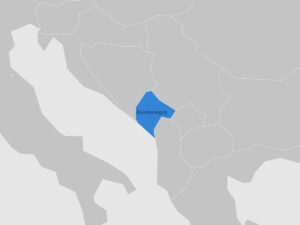

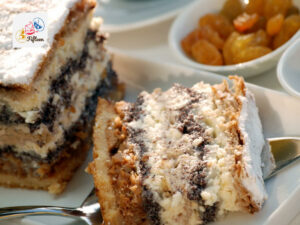
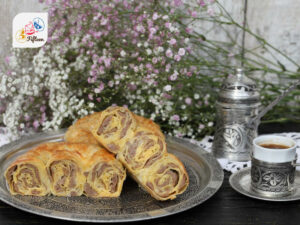
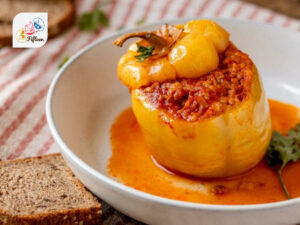
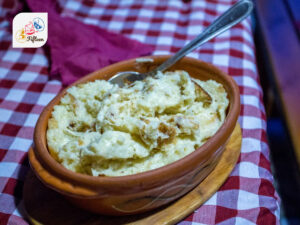
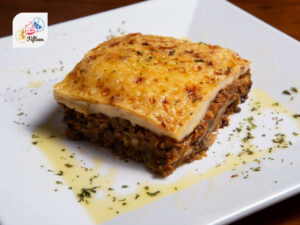
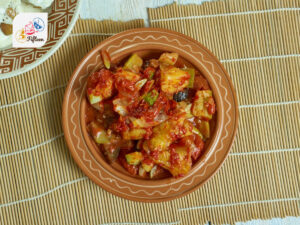
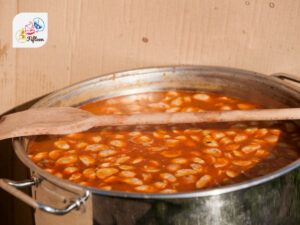
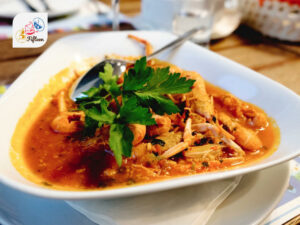
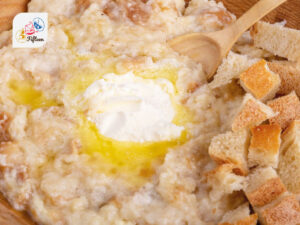
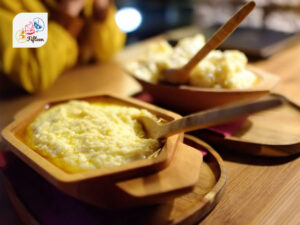
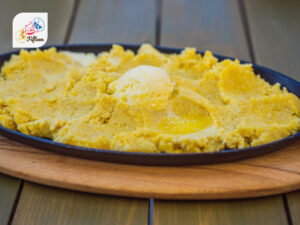
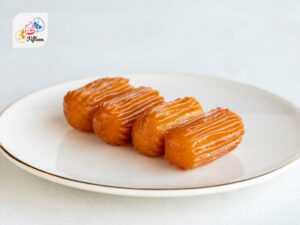
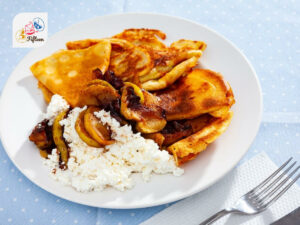
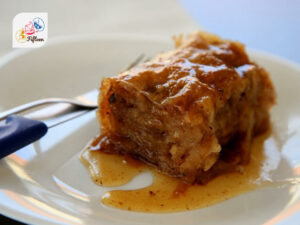




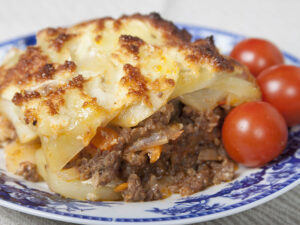
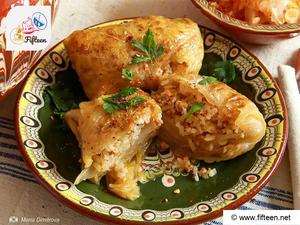
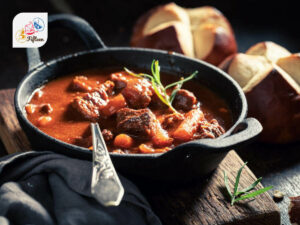

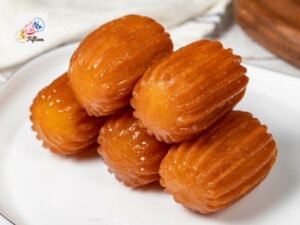
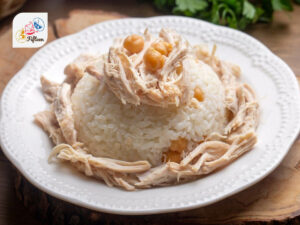
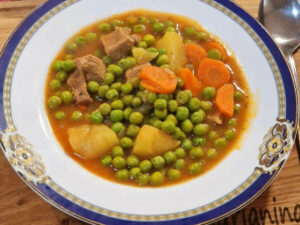
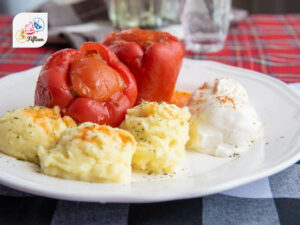
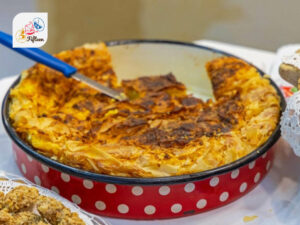
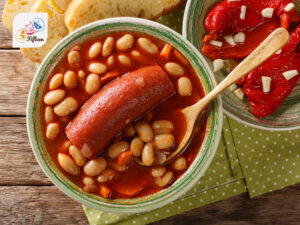
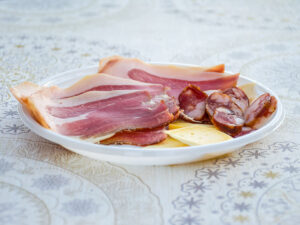
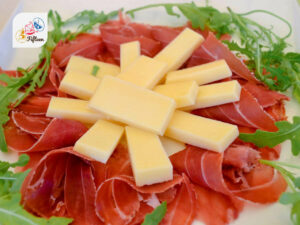
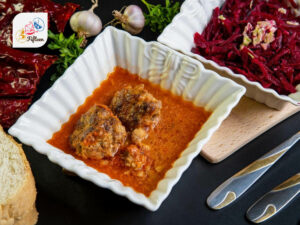
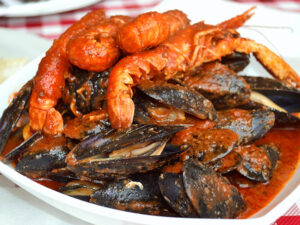
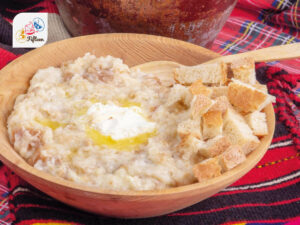
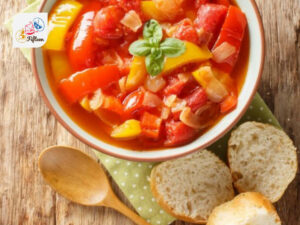
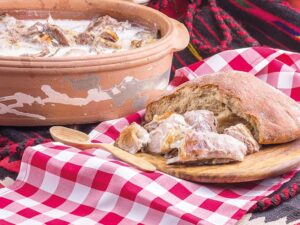
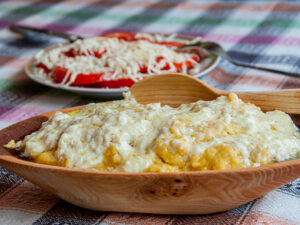
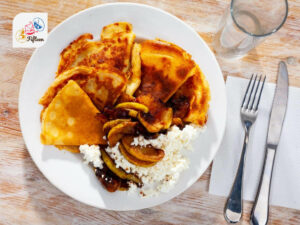
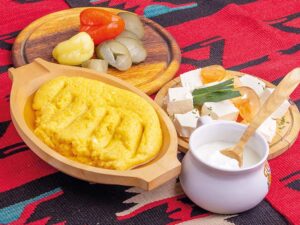
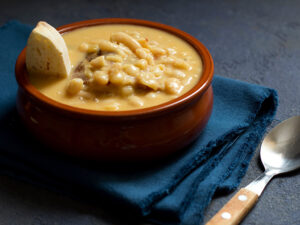
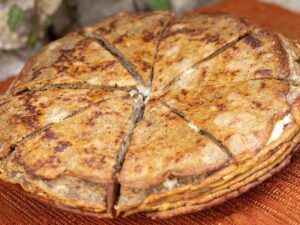
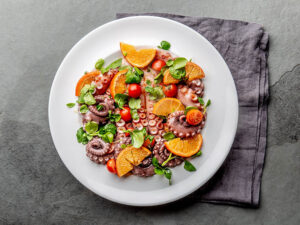
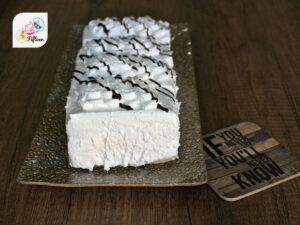
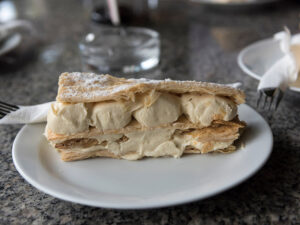


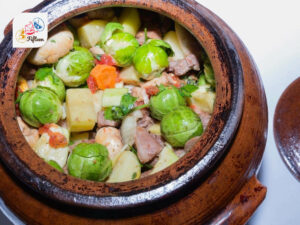
Jamie Scott
Editor in Chief, Senior Content Writer
Expertise
Home Cooking, Meal Planning, Recipe Development, Baking and Pastry, Food Editor, Cooking-video Maker, Western Food Evaluation Expert
Education
Le Cordon Bleu College of Culinary Arts
Local Community College, New York, NY
Jamie Scott is a skilled culinary expert and content creator specializing in Western cuisine. With over 15 years in the culinary field and formal training from Le Cordon Bleu, Paris, Jamie deeply understands how to blend nutrition with delicious flavors. His passion for cooking matches his commitment to making healthy eating accessible and enjoyable.
On Fifteen.net, Jamie brings a fresh perspective to classic dishes and beverages, offering readers insightful recipes, cooking tips, and a fresh view on meal planning that emphasizes taste, health, and simplicity.